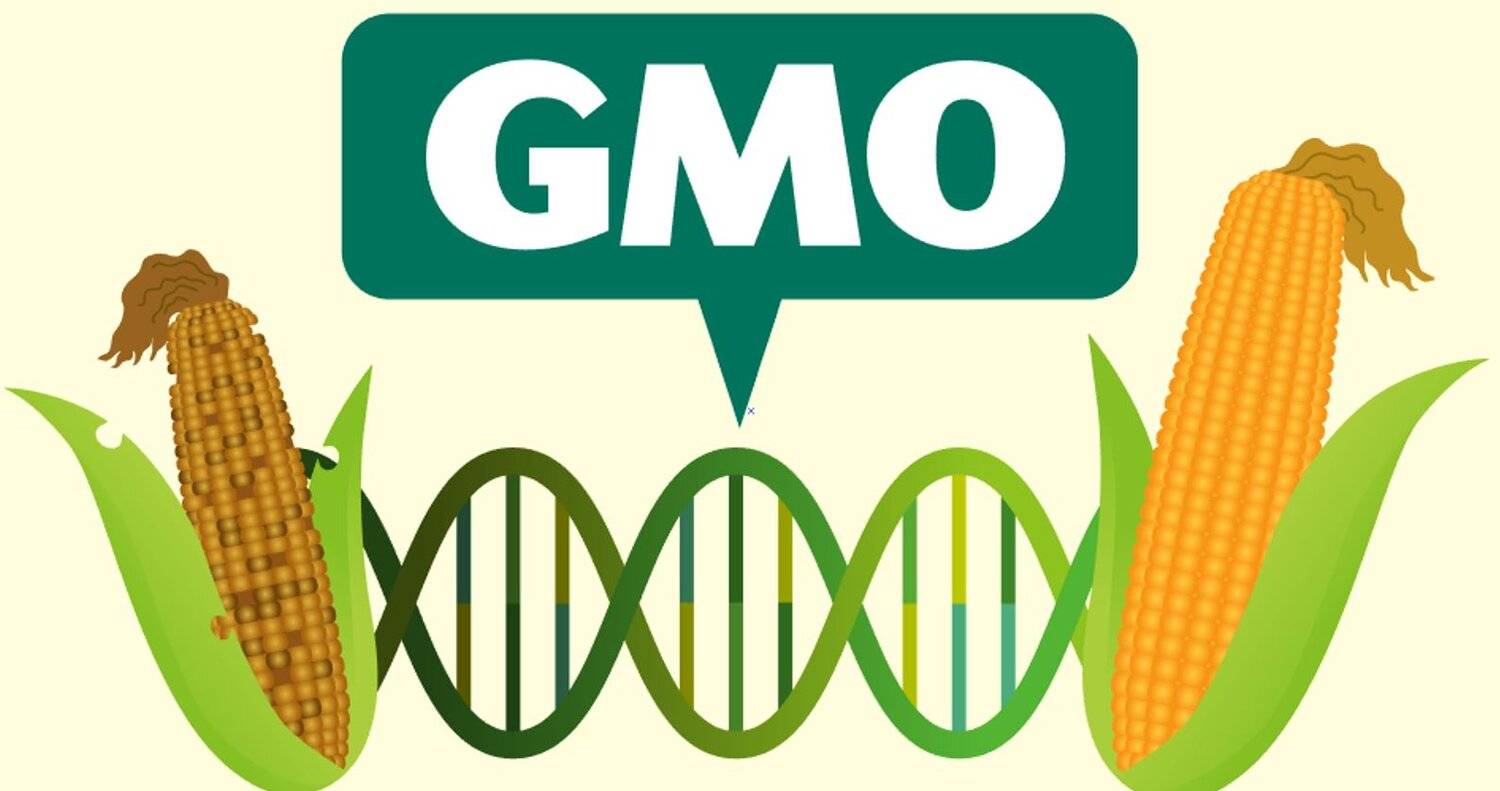When it comes to the influx of genetically engineered fruits and vegetables in the USA, it’s a topic that stirs up a lot of discussion.
Genetic engineering involves modifying the genetic makeup of plants to enhance certain traits.
Like resistance to pests or diseases, or improving shelf life. In the US, many crops like corn, soybeans, and cotton are commonly genetically engineered.
While genetic engineering has its benefits, such as increased crop yield and reduced need for pesticides, there are concerns about its harmful effects.
Some studies suggest that genetically modified organisms (GMOs) could lead to environmental issues.
Like the development of “superweeds” resistant to herbicides.
Here is a glimpse of what the genetic engineered food alarmingly looks like!
Additionally, there are worries about the potential long-term health effects of consuming GMOs.
Although scientific consensus generally considers them safe for consumption.
It’s essential to continue researching and monitoring the impact of genetically engineered fruits and vegetables to ensure they are safe for both the environment and human health.
Balancing the benefits of genetic engineering with potential risks is crucial for sustainable agriculture and food security.
























